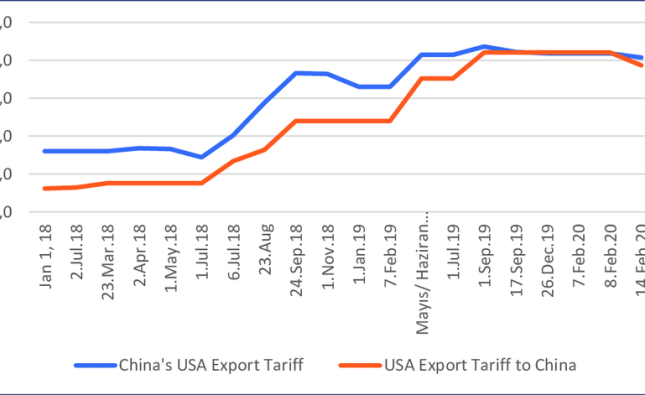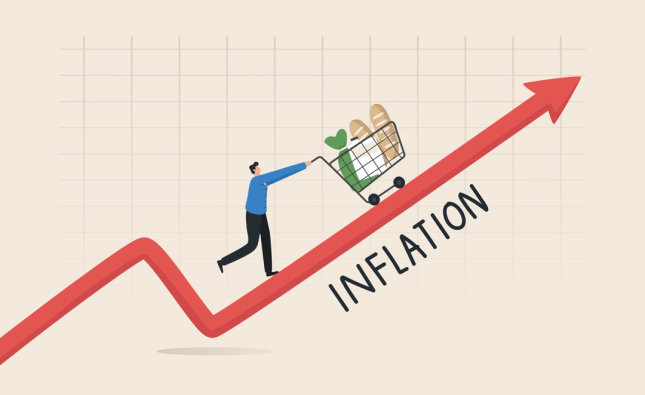
In times of crisis, the Federal Reserve’s policymaking becomes more critical than ever. From addressing the banking turmoil to stabilizing the economy, their actions can shape the future of our financial system. As we navigate through these uncertain times, it’s essential to understand how the Fed operates and what strategies they employ to keep our economy afloat. In this blog post, we’ll take a closer look at Fed policymaking in a time of crisis and explore why it matters for all Americans. So buckle up and get ready to dive into the world of central banking!
The 2008 Financial Crisis and Its Aftermath
In the fall of 2008, the U.S. economy was in the midst of a severe financial crisis. The crisis had its roots in a housing bubble that had begun to deflate in 2006, but it quickly spread to other parts of the economy as confidence in the banking system evaporated.
In response to the crisis, the Federal Reserve took a number of unprecedented actions to stabilize financial markets and prevent a complete collapse of the banking system. These actions included lowering interest rates to near zero, establishing new lending facilities for banks and other financial institutions, and buying large amounts of government debt and mortgage-backed securities.
While these actions were successful in averting an even greater economic disaster, they also had some unintended consequences. One of these was that asset prices, including stock prices and home prices, rose sharply after the crisis as investors sought safe haven investments. This has led to concerns about whether another asset price bubble is forming.
In addition, the Fed’s aggressive policy response has led some to worry about inflationary pressures down the road. However, with inflation still running below the Fed’s 2 percent target, these concerns have so far been unfounded.
The Current Banking Environment
The banking environment is currently in a state of turmoil, with the Federal Reserve working to address the situation. The Fed has implemented a number of policies in response to the crisis, including quantitative easing and asset purchases. These policies have helped to stabilize the banking system and prevent a complete collapse. However, there are still many challenges that need to be addressed in order to fully resolve the crisis. Among these challenges is the need for more capital in the system, as well as addressing the issues that led to the crisis in the first place.
Policy Recommendations
In the current banking turmoil, the Federal Reserve has a vital role to play in providing liquidity to the financial system and supporting the economy. The Fed has taken a number of steps to support the economy and stabilize the financial system, but more needs to be done.
The following are a few policy recommendations that would help address the current banking crisis and support the economy:
1. Provide additional liquidity to the banking system: The Fed should continue to provide liquidity to the banking system through its discount window and other mechanisms. This will help ensure that banks have enough cash on hand to meet their obligations and help prevent a credit freeze.
2. Support economic growth: The Fed should use its monetary policy tools to support economic growth. This includes keeping interest rates low and providing sufficient liquidity to promote lending and investment.
3. Improve regulation and supervision of banks: One way to help prevent future banking crises is to improve regulation and supervision of banks. The Fed should work with other regulatory agencies to ensure that banks are properly capitalized and have adequate risk management practices in place.
4. Increase transparency: The Fed should increase transparency in its policies and operations. This will help build confidence in the central bank and improve communication with the public about what it is doing to address the current crisis.
Conclusion
The banking turmoil of the past decade has presented a unique set of challenges for financial policymakers. Through their collaborative efforts, central bankers and other regulators have worked to create a more robust regulatory framework that is better able to address financial crises. While there are still questions as to how effectively these policies can be implemented in practice, it’s clear that policy makers have taken significant steps towards protecting consumers and stabilizing the global economy in times of stress.










